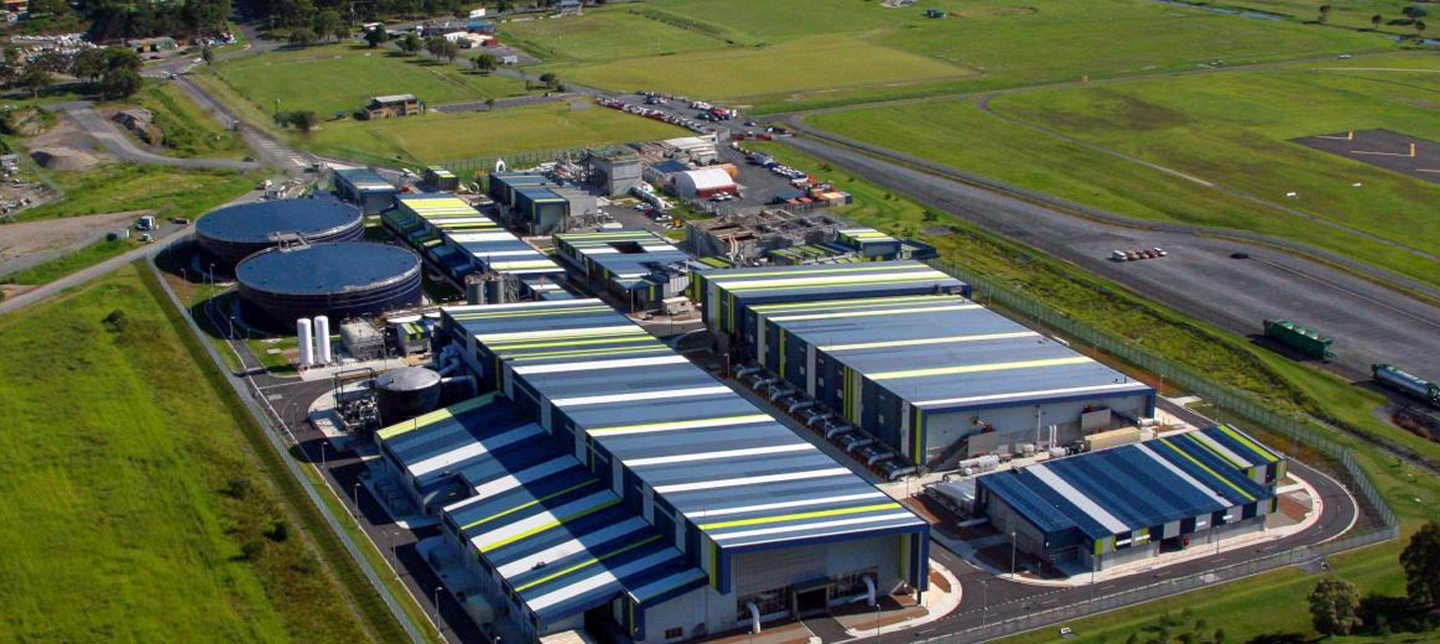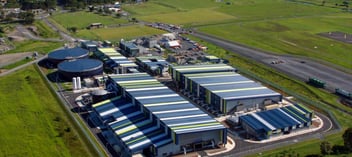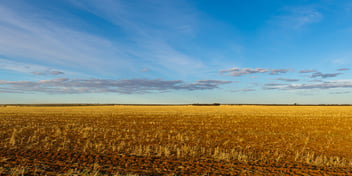Pursuing desalination as a climate-independent water source around Australia

In the past 12 months, plans to support desalination capacity have blossomed around Australia, with governments and water authorities leaning into the diversification of water sources to support water security.
In December last year, the WA Government committed $2.8 billion to build the Alkimos Seawater Desalination Plant, a project that is set to become Perth’s next major, climate-resilient water source, with delivery of the world-class facility on track to commence in mid-2024.
While Perth now has a long history of source diversification, including its groundwater replenishment scheme, other states are now moving to increase desalination, too.
Premier Roger Cook said beginning work on the new desalination asset marks a significant milestone for water security in Western Australia, which, like many regions around Australia, is increasingly challenged under population growth and a changing climate.
"[Western Australia] continues to be a world leader in the delivery of climate-resilient water sources,” he said.
"The Alkimos Seawater Desalination Plant will help to secure long-term drinking water, support our economy, reduce dependence on groundwater, and meet the needs of our state's growing population.
"[Our] $2.8 billion investment can be made thanks to our responsible budget management, which will help to secure not only Perth's water supply but the future of those who will call our state home for many years to come."
Eyre Peninsula | South Australia
In South Australia, SA Water is proceeding with plans for a desalination plant at Billy Lights Point on the Eyre Peninsula, while also undertaking a review of its broader water security response plan to protect water supplies and groundwater sources.
The Uley South Basin is the Eyre Peninsula's current primary source of drinking water, but significant reductions to the licensed volume of water that SA Water can utilise from this source are set to become effective in mid-2026.
SA Water General Manager of Customer, Community and Engagement David Coombe said a climate-independent desalination plant is critical to augment supply from the Uley South Basin and deliver a long-term drinking water solution.
“We are working towards the plant supplying water by mid-2026, but as a responsible utility, we need to be responding to the advice of the Eyre Peninsula Landscape Board and taking action now to maintain a level of water supply to the region, until the plant is operational,” he said.
“Initially, this will involve working closely with the community and key local stakeholders to provide advice on how to be water efficient and gaining a better understanding of current water use by Eyre Peninsula businesses and industries, with consideration to introduce staged water restrictions for primary production, industrial, business and residential customers.
“We don’t take the introduction of water restrictions lightly, but the criticality of this proposed licensed water reduction means this measure will need to be seriously considered if there are significant delays to the construction of the desalination plant.”
Department for Environment and Water (DEW) modelling indicates that if water extraction from Uley South Basin continues at current rates, there will be an increased risk of further environmental decline and irreversible damage from saltwater intrusion.
“This means we would no longer be able to use the Basin to supply water to the region, significantly impacting the 35,000 local customers who rely on it,” Coombe said.
“As a licensed water user of Uley South, we are working together with DEW and the Eyre Peninsula Landscape Board to monitor the Basin’s health and ensure it can continue to be an important contributor to local water supply in the long term, even after the desalination plant is operating.
“Additionally, to help ensure the long-term health of Lincoln Basin and Uley Wanilla Lens, we are seeking to proactively minimise our pumping from them, with a view to retiring them from use as soon as possible.
“These aquifers are currently used to supplement supply from Uley South during periods of high water demand.”
Following the advice of the Eyre Peninsula Landscape Board, SA Water will complete a review of its broader water security response plan with key local stakeholders and the community in coming weeks.
“This response aligns with DEW analysis, which shows the two groundwater sources are also under significant stress, and subsequent advice from the Board that the volume of water we are allocated to extract from these aquifers is likely to be restricted, potentially sooner than mid-2026,” Coombe said.
Belmont | New South Wales
Meanwhile, in New South Wales, Hunter Water has taken a crucial step in securing the Lower Hunter’s water supply by formally applying to build a permanent seawater desalination plant at Belmont.
Building the Belmont Desalination Plant is expected to add up to 30ML per day of rainfall-independent capacity to the system, or about 15% of the region’s average daily drinking water needs.
As a key action in the Lower Hunter Water Security Plan, the Belmont Desalination Plant is intended as a permanent facility and will be integrated into the Lower Hunter's water supply system.
Hunter Water Managing Director Darren Cleary said the Belmont Desalination Plant will help to provide the water security needed to ensure a sustainable future for our region and its economy.
"We can’t rely on rain alone anymore. We know our region’s water storages can fall from typical operating levels to critical levels in less than three years. Should a severe drought continue beyond three years, our region could run out of water,” he said.
To design and construct the permanent Belmont Desalination Plant, Hunter Water anticipates investing $530 million, Cleary said.
“This investment includes measures to ensure the desalination plant will be an enduring asset for future generations and remain resilient to the impacts of climate change. It also reflects rising construction costs being experienced across many industries,” he said.
“This investment in the region’s future means improved water security for Hunter Water customers. Compared to the previously approved temporary facility, which would only have been constructed in response to drought, the improved durability of this infrastructure means our region can depend on it for many decades to come.
“Water security is fundamental to setting up our region for a sustainable, resilient and prosperous future. There is strong community support for improving water security and we need to take pressure off the region’s dams by diversifying and expanding our water sources.
“Building a 30ML per day desalination plant at Belmont means we mitigate the region's drought risk as soon as practicable and ensure we can continue to meet a minimum supply of safe drinking water for our customers, even during drought.”
Gold Coast | Queensland
In South East Queensland, the SEQ Water Grid includes a network of bulk water assets including dams, water treatment plants and climate-resilient assets, including the Gold Coast Desalination Plant.
Brought online in 2009, the Gold Coast Desalination Plant can produce up to 133ML of drinking water per day – enough water for about 300,000 households.
With South East Queensland’s population set to grow, greater demand is being placed on existing water supply assets, a Seqwater spokesperson said.
“Through the known impacts of climate change, we could also experience less reliable supply from our dams into the future, with research suggesting SEQ could see an increase in the annual average temperatures and levels of evaporation, as well as potential impacts to the volumes of inflows into our dams,” they said.
“Current modelling shows the next major enhancement of the SEQ Water Grid could be needed by 2035. That is some time away, but it’s important that we start to plan now, to ensure we’re well prepared for the future.”
As part of Seqwater’s long-term water security planning, the utility is investigating an expansion of the Gold Coast Desalination Plant, as well as exploring options for a second desalination plant for the region, due to the climate resilient benefits desalination provides.
“Both projects are in the business case phase, and Seqwater looks forward to keeping the community informed,” they said.



